Comparing Moto G51 5G and Xiaomi Redmi Note 11t will help you see each phone’s specs and unique features. Potentially, it will help you understand which phone is best to choose in 2024 according to your budget and needs.
Moto G51 vs Xiaomi Redmi Note 11t Quick Comparison 2024
Release date: The new Motorola Moto G51 5g was released on 16 December 2021. On the other hand, the Xiaomi Redmi Note 11T 5G was released on 30 November 2021. There is no massive difference between both phones’ release dates.
Price: Motorola’s affordable 5G smartphone, the Moto G51, is available at $381/£291.83. Besides the Redmi Note, the 11T 5G costs $247/£189. Both phones are very close competitors. However, the Moto G51 is more expensive than the Redmi Note 11T.
Motorola Moto G51 Pros and Cons
Xiaomi Redmi Note 11T 5G Pros and Cons
Moto G51 vs Xiaomi Redmi Note 11T 5G Full Detailed Comparison
Design
The back is made of polycarbonate instead of glass on both phones, so it’s not very impressive. Moto G51 has a matte finish on the back, which provides a better grip and fewer fingerprints compared to the glossy back of the Redmi Note 11T 5G.
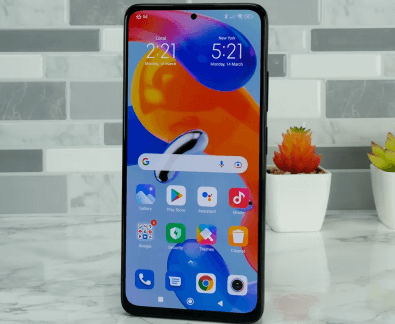
The Moto G51 is different in colour, with a blue top and a slightly dark blue bottom. The rear of the Redmi Note 11T 5G is simple. In terms of design, the Redmi Note 11T looks better.
Build quality
On the back of the Redmi Note, the 11T has a larger rectangular camera module with two cameras, while the Moto G51 has a capsule-shaped camera module with triple cameras.
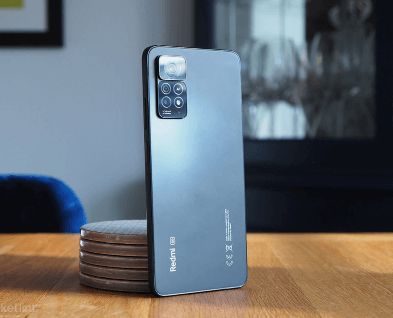
Both have an IP52 rating to keep them from getting wet. There is a power button with volume buttons on either side, but the Moto G51 has an additional button for Google Assistant.
The power button on both smartphones acts as an accurate and fast fingerprint scanner. At the bottom is a loudspeaker grill with a USB Type-C port, a primary microphone, and a 3.5mm headphone jack.
Both have auxiliary noise-cancelling microphones on the top, but the Redmi Note 11T has an IR blaster with a speaker setup that works as a stereo speaker.
Both have a hybrid SIM card slot instead of a triple card slot. The Moto G51 weighs around 208g, slightly heavier than the Redmi Note 11T 5G’s 195g.
Display
Both the Moto G51 and Redmi Note 11T 5G have IPS LCDs with Full HD+ (1080×2400 pixels) resolution, but the Moto G51 has a larger 6.8-inch display compared to the 6.6-inch display on the Redmi Note 11T 5G. However, both lack AMOLED panels with slightly better viewing angles and colour reproduction than IPS LCD panels.
Both displays feature a 90Hz refresh rate for the Redmi Note 11T 5G and a slightly higher refresh rate for the Moto G51 at 120Hz. Both high refresh rates provide smoother multitasking while gaming. Both smartphones have a 240Hz touch sampling rate, providing a faster touch response while gaming.
Both displays struggle in direct sunlight, but the Moto G51’s display is slightly better than the Redmi Note 11T 5G. Both displays have different colour profiles and can be set to warmer or cooler tones.
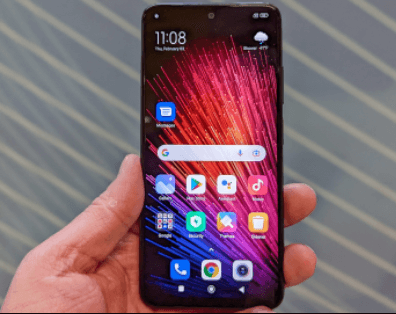
The Redmi Note 11T 5G offers more Standard, Natural, and Auto options, with which you can manually adjust the colour profile. At the same time, the Moto G51 only gets two colour profiles: Natural and Saturated. Both of these displays support Widevine L1 and also support HDR for Youtube.
However, neither of them can play HDR on Netflix. Overall, the Redmi Note 11T 5G’s display is slightly better than the Moto G51.
Camera
In terms of cameras, the Redmi Note 11T 5G has a dual-camera setup with a 50MP primary camera and an 8MP ultra-wide camera. In contrast, the Moto G51 has a triple camera setup that includes a 50MP primary camera, an 8MP ultra-wide camera, and an 8MP ultra-wide camera. 2MP macro camera.
The Moto G51 has a 13MP camera on the front, while the Redmi Note 11T 5G has a 16MP camera. Images from the primary camera have a good dynamic range, and the detail looks good. The Moto G51 produces natural colours in the photo, while the Redmi Note 11T is oversaturated.
The noise is also slightly lower on the Moto G51 than the Redmi Note 11T 5G. However, in the HDR image, the colours look more natural on the Redmi Note 11T 5G. The Redmi Note 11T 5G image at night looks more natural, with a better dynamic range and colours than the Moto G51.
The noise is also lower on the Moto G51, but the details look slightly sharper on the Moto G51. Redmi Note, 11T 5G with dedicated night mode, has sharper detail and less noise than Moto G51. Both smartphones’ 8MP ultra-wide-angle cameras capture images with good dynamic range and contrast ratio.
The detail looks soft on both sides and edges; there is distortion and noise. The colours look almost natural, but still not as good as the colours on the primary camera. Images shot at night come out with decent dynamic range, with a lot of noise and soft details.
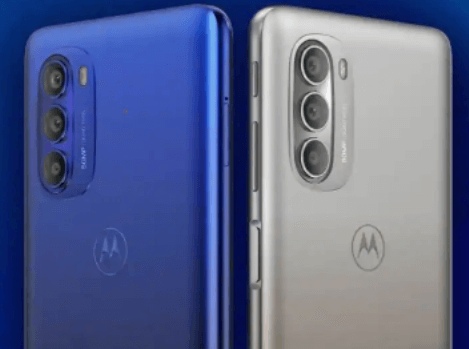
The Moto G51 has a 2MP macro camera that takes images with decent dynamic range, looks faded, and has more noise. The Redmi Note 11T 5G misses the macro camera, but you can use the primary camera to see close-up images with better colours and lots of detail.
The Moto G51 has better edge detection and dynamic range for portraits than the Redmi Note 11T 5G. The selfies come in reasonable detail, but the dynamic range is slightly better on the Moto G51 than the Redmi Note 11T 5G.
The selfies come out with natural skin tones on the Moto G51, with slightly less noise than the Redmi Note 11T 5G. Both cameras can record 1080p video at 60 fps and do not support 4K video recording. The footage from the primary camera has a slightly better dynamic range and less noise compared to the Redmi Note 11T 5G.
Both implement EIS on 1080p video, and from an ultra-wide camera, the video looks more natural on the Moto G51, but the dynamic range is equally decent for both. The selfie video comes out from the front with a better dynamic range and more natural colours on the Moto G51 compared to the skin-smoothing Redmi Note 11T 5G.
The Moto G51 is quiet, but both look softer in detail when it comes to night. Overall, the camera is better on the Moto G51 than the Redmi Note 11T 5G, which is better in low light.
Performance
When it comes to performance, both have potent chipsets that support 5G. The Mediatek Dimensity 810 chipset powers the Redmi Note 11T 5G, while the Snapdragon 480+ chipset powers the Moto G51. Regarding daily performance, they both feel equally fast in multitasking, video rendering, and gameplay.
All heavy games, like PUBG, COD Mobile, etc., ran smoothly with no frame drops, but Moto G51 can efficiently run HDR graphics at high frame rates, while the Redmi Note 11T 5G can only run HD graphics at high frame rates. After playing longer, the Redmi Note 11T 5G feels slightly warmer than the Moto G51.
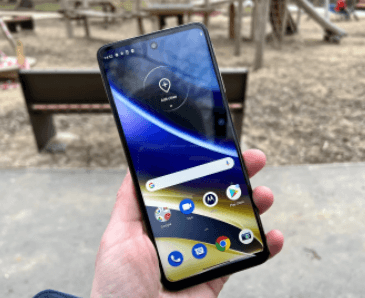
Regarding benchmarks, the Moto G51 scores slightly higher than the Redmi Note 11T 5G, whether Geekbench 5.1 or Antutu v8. It doesn’t make much difference as both feel faster, and the 240Hz touch sampling rate feels faster.
In our CPU throttling test, the Moto G51 performs slightly better than the Redmi Note 11T 5G. Both support up to 11/12 5G bands. The Moto G51 is only available in one variant, such as 4GB LPDDR4X RAM with 64GB storage with eUFS storage speed, while the Redmi Note 11T 5G is available in three variants: 4GB RAM with 64GB storage. 6GB RAM (128GB storage) and 8GB RAM (128GB storage) with UFS 2.2 storage speed, slightly faster than Moto G51.
Audio Quality
This is one of the areas where the Redmi Note 11T 5G keeps its edges as it has a stereo speaker setup that sounds slightly better than the single speakers on the Moto G51.
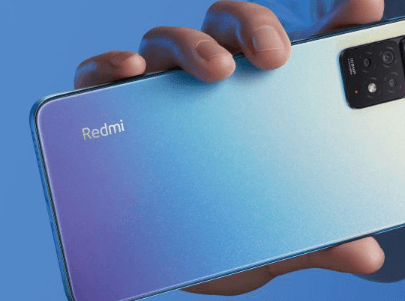
The Moto G51 sounds much louder with a single speaker and doesn’t feel muffled. Both have a 3.5mm headphone jack and Dolby Atmos for an improved sound profile.
Software
The Moto G51 has a Stock Android called MyUX, while the Redmi Note 11T 5G comes with MIUI 12.5, and these two smartphones run Android 11 by default. The Moto G51 has no bloatware or 3rd party applications. Xiaomi has a GetApp that displays many notifications, but the Moto G51’s Stock Android doesn’t.
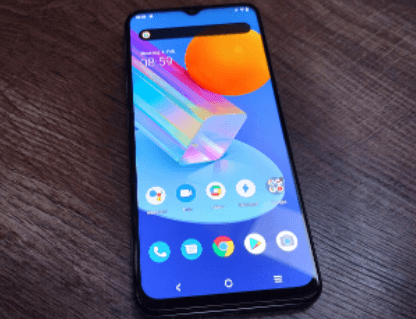
The Redmi Note 11T 5G has a fair amount of bloatware but still very little compared to the previous MIUI version. There are no ads in either user interface. The Moto G51 offers many features, such as a karate cut to turn the flashlight on/off, personalization features like camera opening, and gestures to make everything convenient.
MIUI also offers some excellent features, and just like MIUI’s Always-On Display, Motorola provides a Peek and Attentive Display.
Software updates
Regarding software updates, the Moto G51 offers one year of Android OS updates and two years of security updates. At the same time, Xiaomi is unclear about the official update for the Redmi Note 11T 5G. Obviously, in terms of software experience, the Moto G51 has the upper hand.
Battery Life
The Moto G51 and Redmi Note 11T 5G boast a larger 5000mAh battery and can easily last two days of everyday use, with the display set to the highest refresh rate. With regular use, both last easily for a day, with only a tiny charge left.
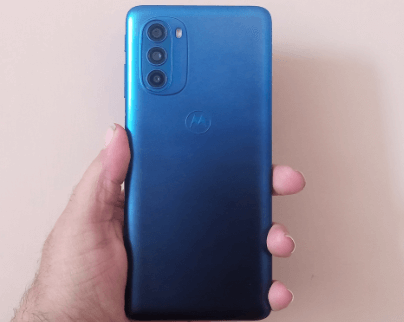
Although the refresh rate panel is slightly higher, the Moto G51 has a slightly longer screen time than the Redmi Note 11T 5G. The standard screen time of the Moto G51 was around 7-8 hours compared to the 7-7.5 hours of the Redmi Note 11T 5G.
This is because Stock Android is better optimized than MIUI regarding battery life. But still, the Redmi Note 11T 5G is very efficient as the Mediatek Dimensity 810 is built on the 6nm process compared to the Snapdragon 480+ chipset built on the 8nm process found on the Moto G51.
Charging
The Redmi Note 11T 5G comes bundled in the box with a faster 33W fast charger that can charge your smartphone from 0% to 100% in 1 hour and 15 minutes, slightly more rapid than the 20W rapid charger. Moto g51 comes with a 20W fast charger, which takes about 1.5 hours to charge from 0% to 100% entirely.
Moto G51 vs Xiaomi Redmi Note 11t 2024 Final Words
Both are good mid-range smartphones with 5G support and some excellent specs. Both have high refresh rate displays, good performance, and good battery life, and the camera sets are equally good. At the same time, there are specific differences between the two.
The Moto G51 has a larger display at 6.8 inches compared to the 6.6 inches of the Redmi Note 11T 5G; both have plastic backs for good build and design, and the Moto G51 has a slight edge in terms of software.
The camera is better than the Redmi Note 11T 5G as there is no bloatware or ads, and the battery life is slightly longer.
On the other hand, the Redmi Note 11T offers better images in low light, has stereo speakers for better audio quality, and supports faster charging with good battery life. MIUI is less bloatware compared to previous versions.
So, all things considered, if you want a better camera, gaming performance, and a cleaner software experience, the Moto G51 is the better choice of the two.







